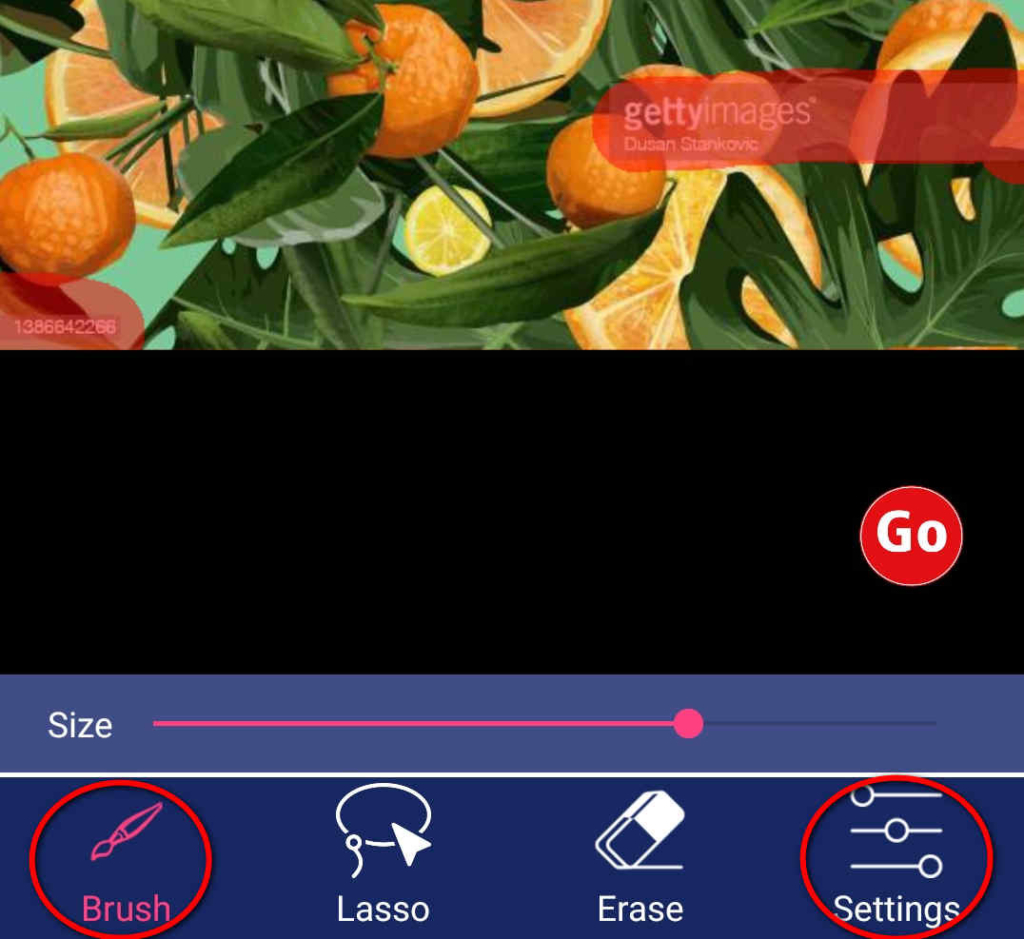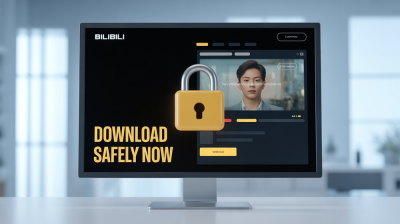Are you tired of those pesky Getty Images tags cluttering your photos? Whether you're a professional photographer or a casual user, having clean images is essential for a polished presentation. In this guide, we’ll walk you through the steps to effectively remove Getty Images tags, helping you reclaim your images without compromising their quality. So, let’s dive in and get your photos looking pristine!
Understanding Getty Images Tags

Before we jump into the removal process, it's crucial to understand what Getty Images tags are and why they appear on your photos. Getty Images is a major stock photo agency that licenses images for various uses, and their tags serve a specific purpose.
What are Getty Images Tags?
Getty Images tags are typically watermarks or embedded metadata that indicate the source of the image. These tags serve to:
- Protect copyright and intellectual property.
- Provide attribution to the photographer or creator.
- Inform viewers about licensing requirements.
When you download a photo from Getty Images without purchasing a license, you often receive a version of the image that contains these tags. While they help protect the rights of creators, they can be quite unsightly and detract from the photo's overall appeal.
Types of Tags
There are generally two types of tags you might encounter:
- Visible Watermarks: These are superimposed over the image and can be quite obtrusive. They often include the Getty logo and the phrase "Getty Images."
- Metadata Tags: These are embedded within the image file itself and typically include information like copyright details and licensing terms. While they are not visible on the photo itself, they can still be problematic for unauthorized use.
Why Remove Getty Images Tags?
Removing these tags may not only enhance the aesthetic quality of your images, but it can also prevent issues with branding and presentation. For example:
- If you’re using a photo for a portfolio, having a watermark can make it look unprofessional.
- In marketing materials, clean images can improve visual appeal and convey a more polished brand image.
- For personal projects, you might just prefer a clean slate without any distractions!
However, it's important to remember the legal implications. Always respect copyright laws and ensure you have the proper rights to the images you are editing. Ignoring licensing agreements could lead to significant legal troubles.
Now that we have a solid understanding of Getty Images tags and their implications, we can move on to the step-by-step process of removing them. Stick around as we guide you through the specific methods to achieve a clean, tag-free image!
Also Read This: Understanding iStock and Its Services
3. Why You Might Want to Remove Tags

Have you ever stumbled across a stunning photo, only to be distracted by those pesky Getty Images tags? You're not alone! Many photographers and content creators choose to remove these tags for a variety of reasons. Let's explore a few of them:
- Creative Freedom: Tags can sometimes detract from the visual appeal of an image. By removing them, you allow the photograph to speak for itself, showcasing your artistic vision without distractions.
- Professional Presentation: If you're using images for a portfolio, website, or marketing materials, a clean presentation is crucial. Tags can appear unprofessional and diminish the impact of your work.
- Personal Branding: When you attach your name or brand to a photo, you want it to reflect your unique style. Removing tags can help establish a clearer identity that aligns with your brand's message.
- Copyright Concerns: While using tagged images can sometimes lead to confusion about ownership, removing tags can help clarify that you are the rightful owner or user of the image, particularly if you’ve edited or adapted it.
Ultimately, the decision to remove tags boils down to context and intent. Whether you’re preparing images for personal use, marketing, or professional showcases, ensuring your photos look their best is key!
Also Read This: How Unsplash Is Impacting Getty and iStock Photos Analyzing the Trends in Stock Photography
4. Methods to Remove Getty Images Tags
Now that we’ve discussed why you might want to remove those tags, let's dive into a few effective methods to do so. Depending on your comfort level with technology and the tools you have at your disposal, you can choose the one that suits you best!
Method 1: Using Photo Editing Software
Photo editing software, such as Adobe Photoshop or GIMP, is probably the most straightforward approach for removing tags. Here’s how:
- Open your image: Start by loading your photo into the editing software.
- Select the Tag Area: Use the lasso tool or the rectangle select tool to highlight the area around the tag.
- Clone or Heal: Utilize the clone stamp tool or healing brush to paint over the tag. Carefully blend it with the surrounding area for a seamless look.
- Save the Image: Once you're happy with the result, save your edited image in the desired format.
Method 2: Online Editing Tools
If you prefer a simpler route without downloading software, online tools like Fotor or Pixlr can be quite handy:
- Upload Your Photo: Go to the website and upload the image you wish to edit.
- Use the Editing Tools: Look for the eraser or clone tool to remove the tag. These tools are user-friendly and often provide a quick way to achieve good results.
- Download the Edited Image: After making your changes, download the new version to your device.
Method 3: Watermark and Tag Removal Services
If you're not comfortable with editing images yourself, there are services specifically designed to remove watermarks and tags. While these services might come with a fee, they can save you time and effort:
- Remove.bg: Originally designed for background removal, it can also assist with tag removal.
- Inpaint: This service specializes in removing unwanted objects, including tags, from photos.
Each method has its pros and cons, so pick one that aligns with your skills and needs. Happy editing!
Also Read This: How to Effectively Remove Watermarks from Getty Images
5. Best Practices for Photo Management
Managing your photos effectively is crucial, especially if you're working with a large library. Here are some best practices to ensure your images are organized and easily accessible:
- Organize by Folders: Create a systematic folder structure. For example, you might have main folders for Personal, Work, and Events, and then subfolders for specific occasions or projects. This makes it easier to find images later.
- Use Descriptive Filenames: Instead of generic names like "IMG_1234.jpg", consider renaming photos with descriptive titles. For instance, "2023_Summer_Vacation_Beach_Sunset.jpg" gives you a clearer idea of the content.
- Implement Metadata: Utilize the metadata features of your photo management software. Tagging your images with keywords, locations, and dates can save you time when searching for specific photos.
- Regular Backups: Never underestimate the importance of backups! Use external drives or cloud services to back up your collections regularly. It’s a safeguard against unexpected data loss.
- Review and Delete: Periodically review your photo library. Delete duplicates, blurry images, or those that no longer hold significance. This helps in maintaining a curated collection.
By following these practices, not only will you keep your photo library tidy, but you’ll also enhance your workflow—making it easier to find and share your best work.
6. Conclusion
Removing Getty Images tags from your photos might seem daunting initially, but with the right tools and techniques, it can be done efficiently. Remember, the goal is not just to remove these tags but to also manage your images effectively.
As we've discussed, following the step-by-step approach can streamline your process. In summary:
- Utilize the right software to automate the removal of tags.
- Keep your photo library organized with best practices.
- Regularly back up your images to avoid loss.
Ultimately, a well-managed photo library allows you to focus on what truly matters—capturing and sharing moments that resonate. So go ahead, apply these tips and enjoy a more organized, efficient, and tag-free photo collection!
 admin
admin








